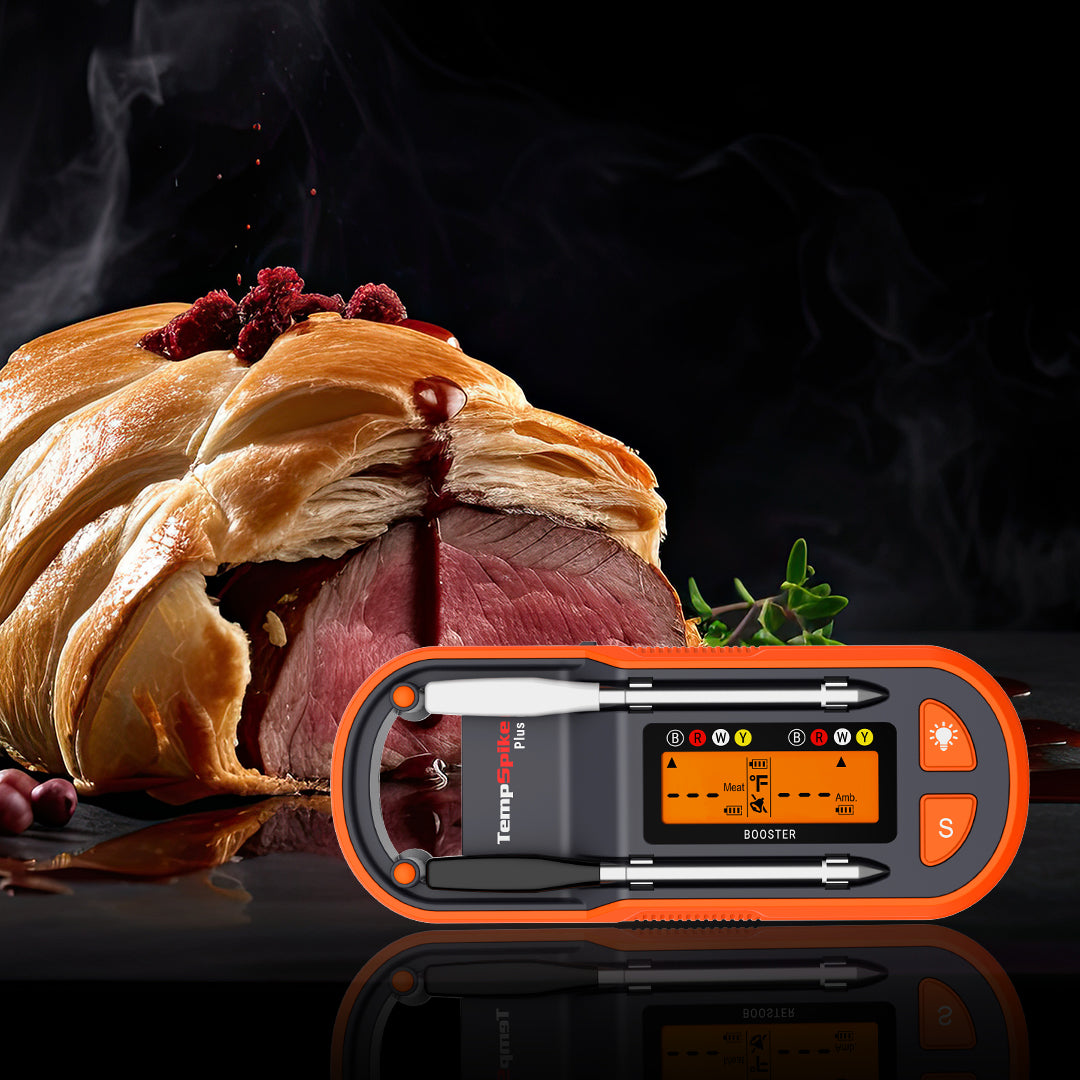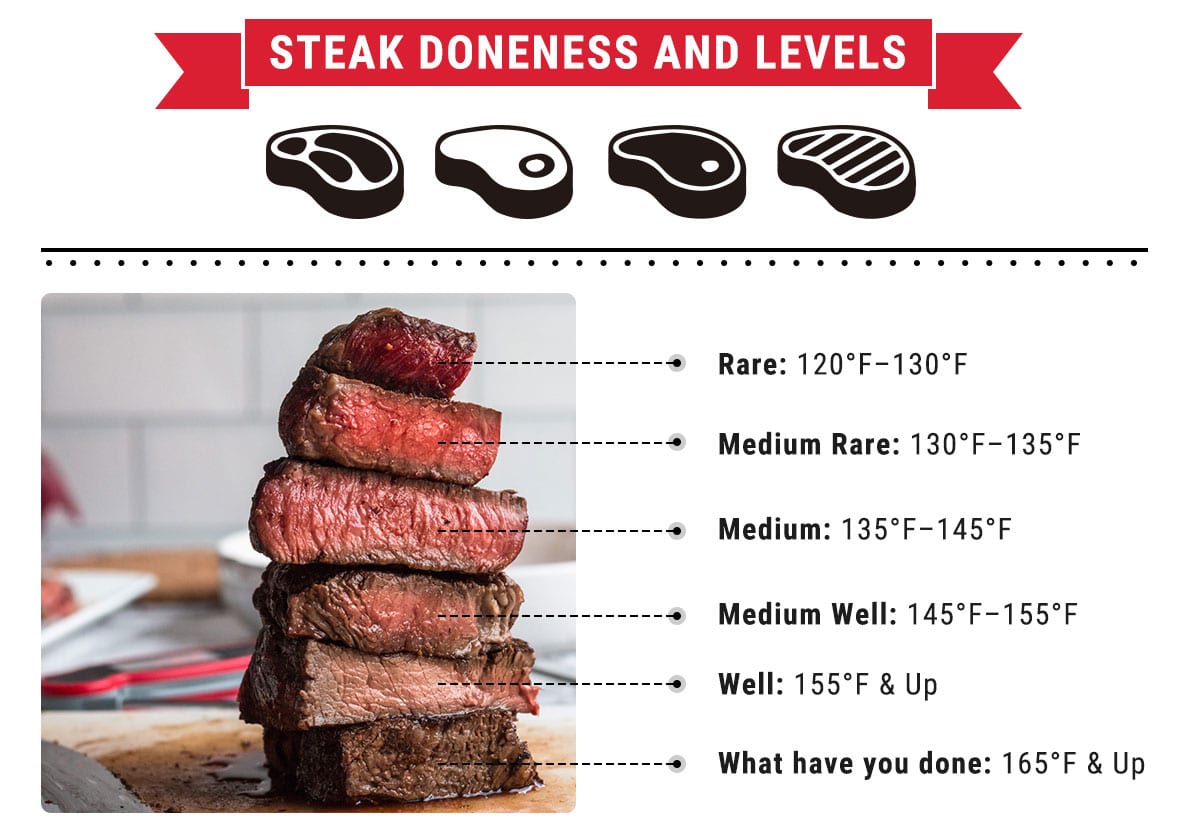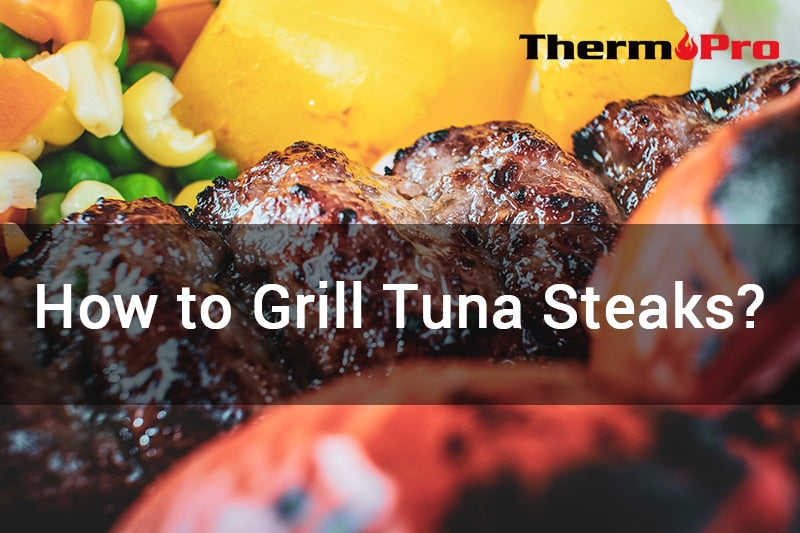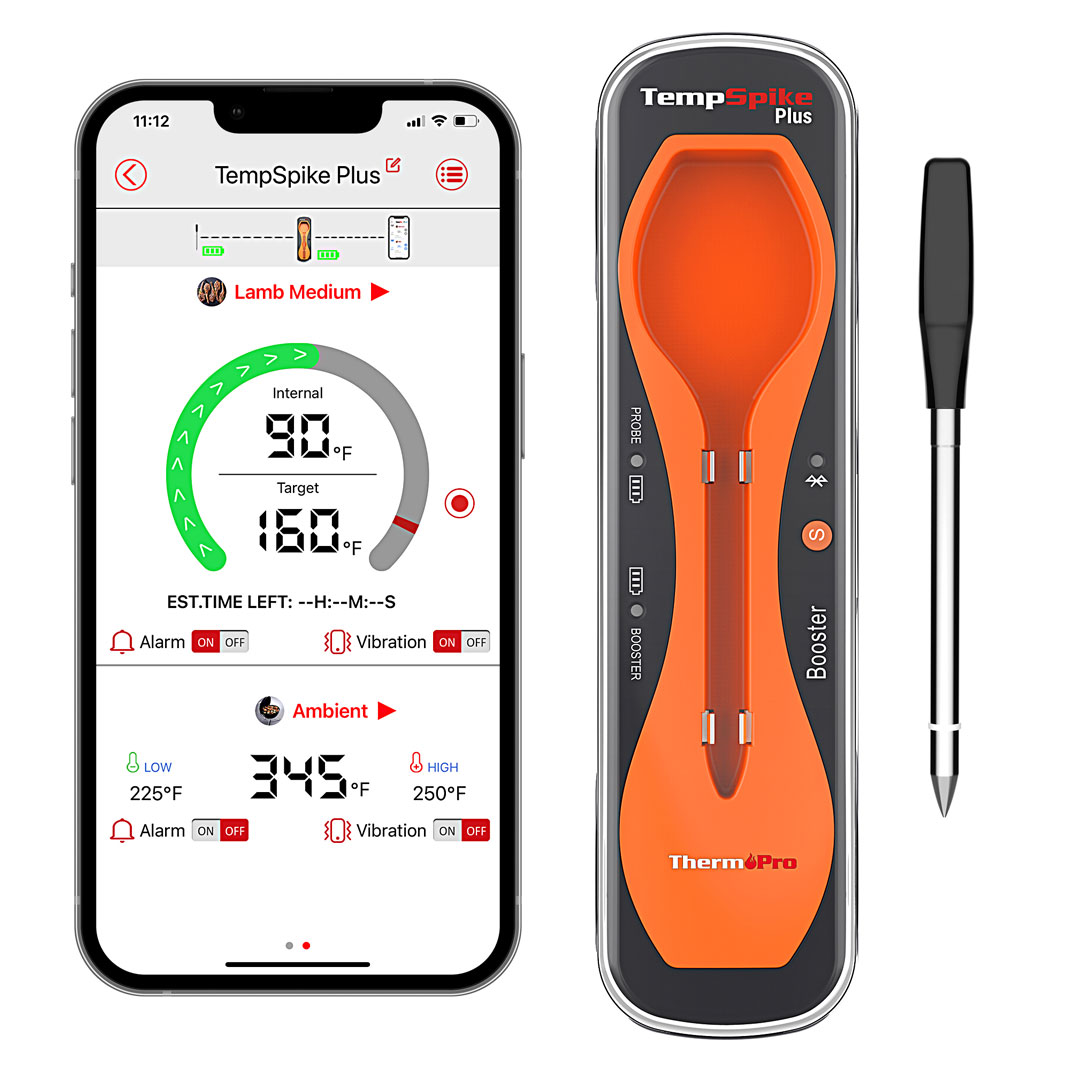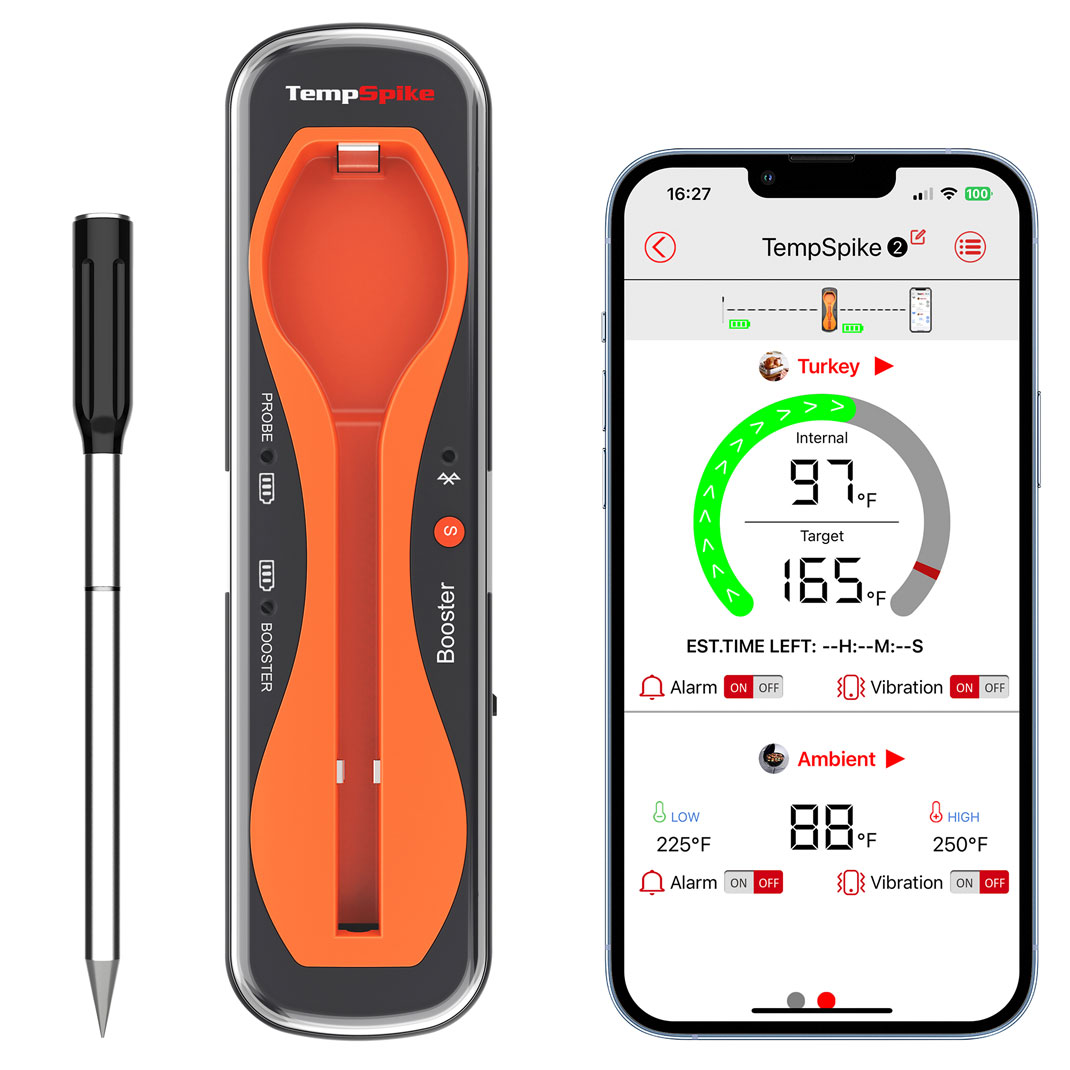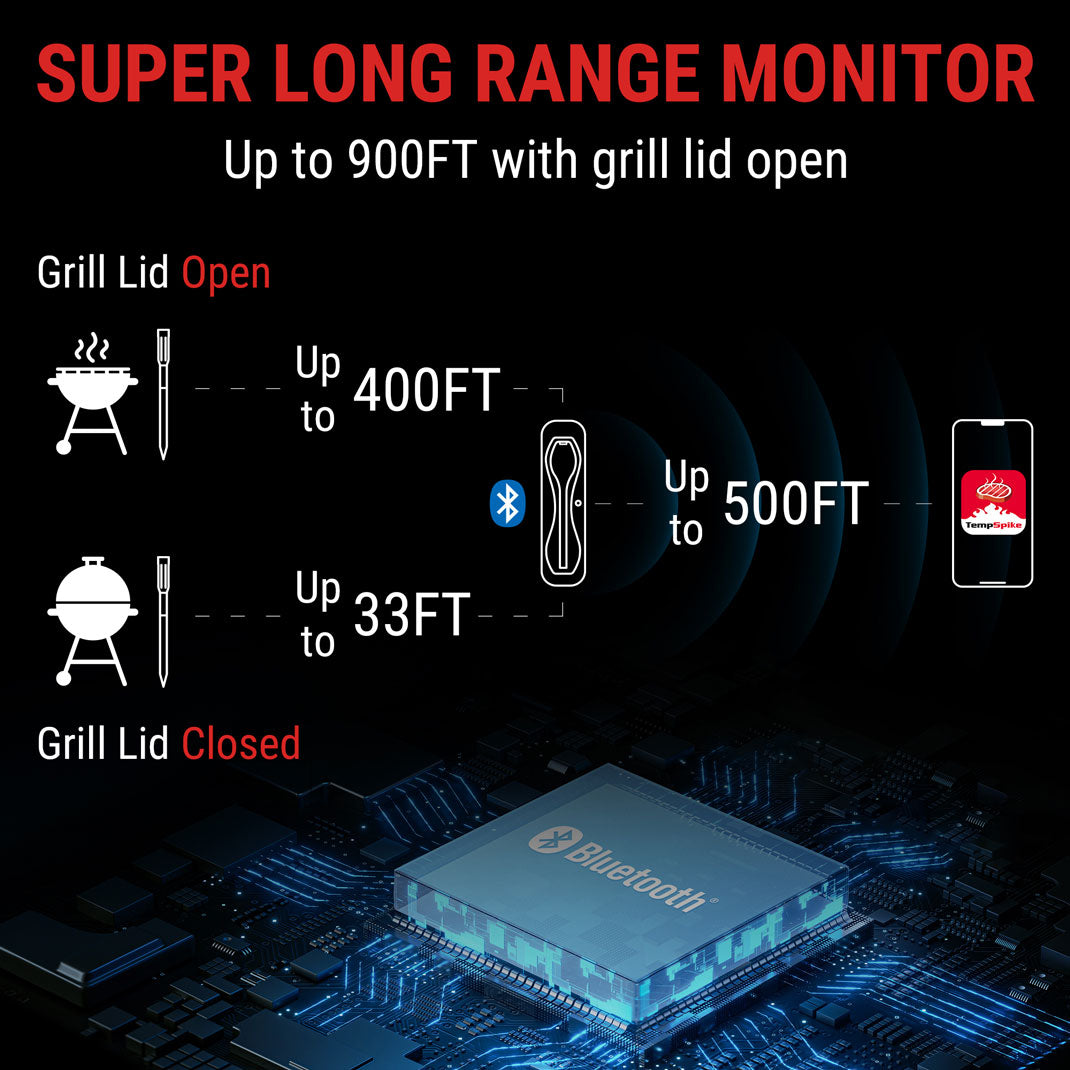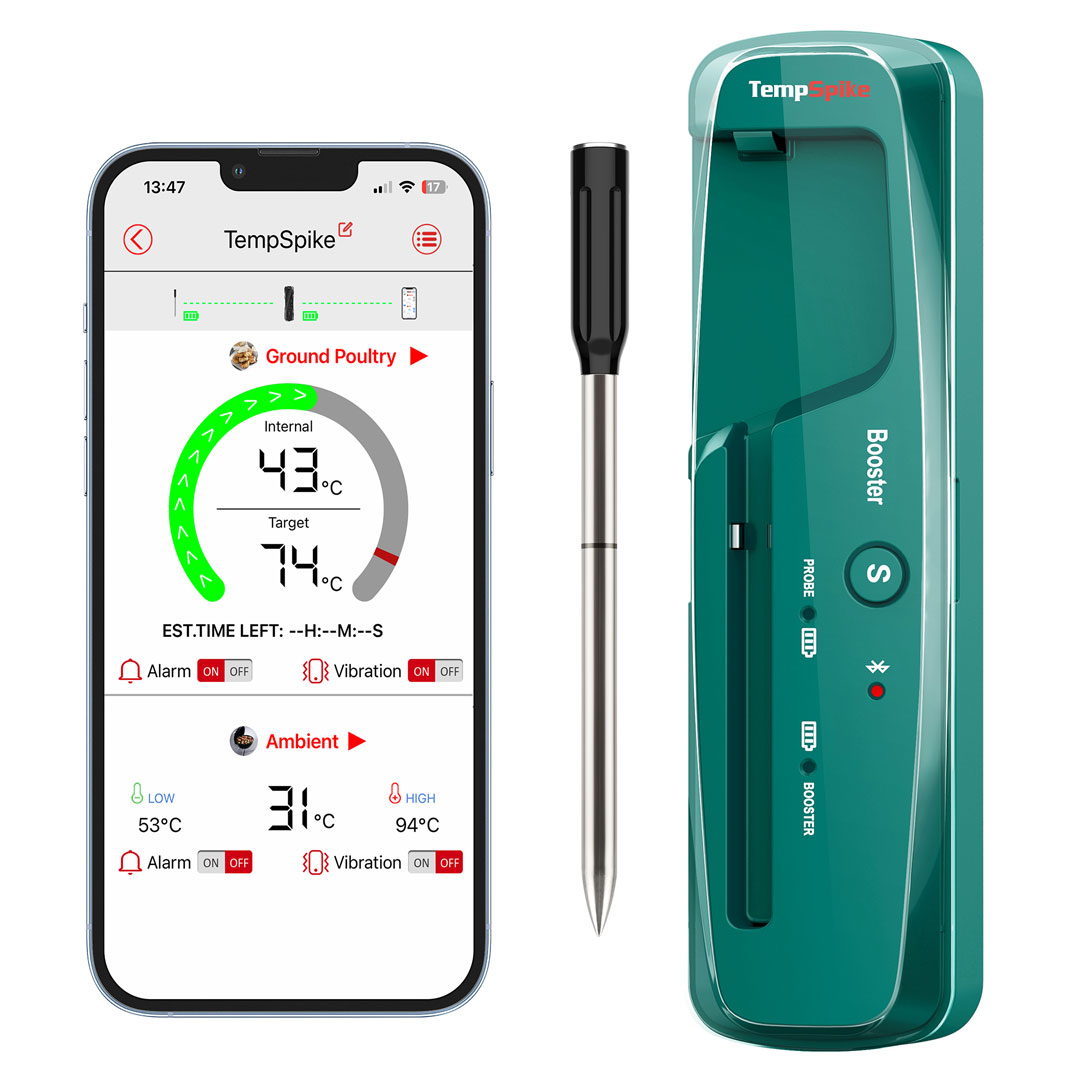Understanding Corned Beef
Corned beef is a beef brisket cured in a seasoned brine, giving it its distinctive salty and savory flavor. Historically, corned beef has been used as a way to preserve meat before refrigeration. The name “corned” comes from the large grains of salt, known as “corns,” used in the curing process.
Types of Corned Beef Cuts
There are two main cuts of corned beef: the flat cut and the point cut. The flat cut is leaner, making it easier to slice, while the point cut is fattier and often considered more flavorful. Both cuts require slow cooking to break down tough muscle fibers and achieve the tenderness that this dish is known for.
Common Cooking Methods
Corned beef is typically boiled, slow-cooked, or baked. Each method impacts the final texture and flavor of the meat. Boiling is traditional, slow cooking is convenient, and baking can add a delightful crust to the meat. Regardless of the cooking method, you need to find a reliable way to know when the corned beef is done.
How to Know When Corned Beef Is Done
Corned beef must first be perfectly cooked to achieve tender, flavorful results. Here are three easy methods to determine doneness and avoid undercooking or overcooking.
Method 1: Visual Indicators of Doneness
Knowing when corned beef is done can be tricky, but visual cues can guide you. You can roughly determine the doneness from the beef’s color, fat, and texture.
Color Change
One of the first signs that corned beef is nearing doneness is a change in color. As it cooks, the meat will gradually change from a raw, red hue to a grayish-brown color, signaling it’s nearing doneness. However, color alone isn’t enough to confirm doneness since corned beef can still be tough if not cooked long enough.
Fat Rendering
The fat of properly cooked corned beef will be rendered into a soft, almost translucent state. If the fat remains thick and opaque, the meat likely needs more time to cook.
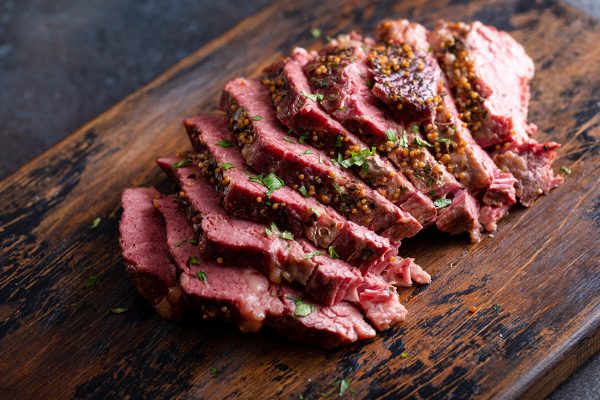
Method 2: Tactile Indicators of Doneness
Another indicator of doneness is the texture of the meat. Corned beef should be tender enough to pull apart easily with a fork or a knife. If the meat still feels tough or stringy, it needs more cooking time to break down the connective tissue. Now, let’s walk through how to tell if corned beef is done with the use of a kitchen utensil.
Fork Test
It is a simple and effective way to use a fork to check if your corned beef is done. Insert a fork into the beef and twist it slightly. If the fork twists easily and the beef begins to fall apart, it’s likely done. If there’s resistance, give it more time.
Knife Test
Another method is the knife test. When slicing into the corned beef, the knife should glide through the meat without much effort. If the meat crumbles or requires significant pressure to slice, it’s either overcooked or needs more cooking time.
Firmness Check
As corned beef cooks, it will become increasingly tender. Press down on the meat with a spoon or a pair of tongs; it should yield to pressure without feeling mushy. This balance between firmness and tenderness is a good sign that your corned beef is ready to serve.
Method 3: Measure Internal Temperature of Corned Beef
While visual and tactile cues are helpful, nothing beats the accuracy of a meat thermometer. Checking the internal temperature is the most reliable way to know if your corned beef is fully cooked.
The ThermoPro TP972 Twin TempSpike Plus 600FT Wireless Meat Thermometer is an excellent kitchen tool for this job. With its twin probes, you can monitor the internal temperature of your meat and the ambient temperature of your cooking environment at the same time.
If you prefer to keep a close eye on your cooking while doing other tasks, the ThermoPro TP972 offers a wireless range of up to 600 feet, allowing you to monitor the internal temperature of corned beef from anywhere in your home. Whether you’re slow-cooking or baking, this wireless meat thermometer will help you achieve perfect cooking results.






 288 Comments
288 Comments
